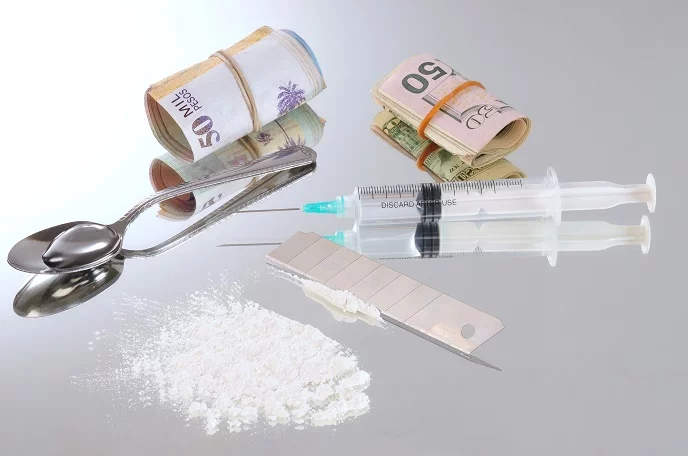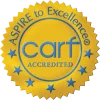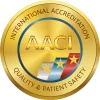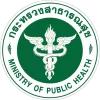The American street drug market has become somewhat of a horror show in its own right with the spread of meth. More and more Americans are falling prey to this insidious drug. It’s nothing short of terrifying, with its spread reminiscent of opium during the Opium Trade and Opium Wars in China.
Methamphetamine Addiction Statistics
Meth, also known as methamphetamine, ice, chalk, glass, shards, crank, and crystal, belongs to the methamphetamine class of drugs. Even though some meth drugs have therapeutic capabilities for conditions such as narcolepsy and attention deficit hyperactivity disorder, crystal methamphetamine is illegal.
The therapeutic meth drugs are classified as Schedule II according to the Controlled Substances Act, which is under the same class of drugs as PCP and cocaine. Crystal meth is also a Schedule II like its therapeutic counterparts. It is produced in underground laboratories and sold as street-level illegal drugs. It’s known as d-methamphetamine HCI in chemical form.
As its name suggests, it’s a drug that’s crystalline in form and can be crushed and consumed in numerous ways: orally, by smoking, by snorting, and by injection.
Below are some statistics regarding meth use in the USA.
- A Sharp Increase in Meth Users from 2010-2014: From 2010 to 2014, the current number of users for meth from age 12 and above increased by 61 percent. The number of new users from 2010 to 2014 that’s also aged 12 years old and above increased by 71 percent.
- A Growing Number of Teens in 2015 are Meth users: About 897,000 people aged 12 and up were users of meth as well in 2015. Of that amount of people, about 13,000 teenagers from age 12-16 and 128,000 young adults from age 18-25 were currently using meth as well. From Grades 9-12, 3 percent of students from that age range have used meth once or more than once.
- Methamphetamine Addiction Treatments from 2012-2013: In 2013, publicly funded facilities for substance abuse treatment received an increase of 130,000 cases. Compared to 2012 admissions, this constitutes a 10.6 percent increase.
- From Grades 9-12 and Other Demographics: About 3.6 percent of male students from Grades 9-12 have used meth. About 2.3 percent of female students from Grades 9-12 have used meth. 5.6 percent of 12th-grade male students and 1.8 percent of 12th-grade female students use meth.
- The Pregnant Women in America and Meth Treatment: About 15.6 percent of pregnant American women seeking substance abuse and drug rehab treatment do so for their meth addiction.
Signs That Someone is Using Meth

If you’re a meth addict, you’re often in denial of it. You may delude yourself into thinking you’re just a meth user, but the slippery slope between usage and addiction is quite steep with meth because of the nature of the drug and its effects on dopamine levels. If you use meth, chances are you may already be an addict before you know it.
In terms of knowing if someone else you know is taking meth, the clues are usually everywhere. Just visit the room of a suspected meth user. The likeliest sign of meth use is the paraphernalia scattered all around their home. These include the following.
- Syringes
- Aluminum foil that have burn marks on them
- Cigarette filters or cotton that filters out a meth solution
- Hallowed out ballpoint pens or straws for snorting or smoking meth
- Spoons with burn marks because it’s used to melt crystal meth in water prior to injection
Physical Sign and Complications of Meth Abuse

Methamphetamine is dangerous because its users won’t realise they’re addicted until it’s already too late. To be more specific, one minute you might think you’re only casually using the drug like you would when socially drinking or smoking a blunt, but soon enough, you’ll end up in the addiction or abuse phase and you won’t be able to help yourself anymore.
Meth is infamous for its high addiction potential. Any regular meth user can fall into the slippery slope of addiction just by starting to use meth at all. Physical meth use signs (take note that this usage and not necessarily abuse) will emerge whether you abuse the drug or you’re a new user.
Here are the top methamphetamine addiction symptoms:
- Tremors
- Headache
- Blood clots
- Nosebleeds
- Convulsions
- Intense scratching
- Lowered inhibition
- Facial acne or sores
- Faster breathing rate
- A thinning, frail body
- Increased blood pressure
- Rotted teeth or meth mouth
- Nausea, vomiting, or diarrhoea
- A droopy quality to the facial skin
- Eye damage and vision impairment
- Loss of appetite and extreme weight loss
- A dramatic increase in body temperature (thermoregulation problems)
In addition, here are the complications of meth abuse:
- Stroke
- Liver damage
- Sleeplessness
- Increased libido
- Kidney disorders
- Collapsed nasal cavity
- Impaired immune system
- Respiratory abnormalities
- Reproductive health issues
- Elevated body temperature
- Microvascular hemorrhage
- Impaired sexual performance and motivation
- Increased susceptibility to infections and infectious diseases
- Anorexia
- Hepatitis
Meth Mouth and Oral Problems
Meth mouth in particular has its own specific set of complications from chronic meth usage that are mostly oral in nature. The complications include:
- Halitosis (bad breath)
- Cotton mouth or dry mouth
- Reduced production of saliva
- Temporomandibular joint pain
- Increased risk of oral conditions like:
- Cavities
- Dental erosions
- Periodontal lesions
- Uncontrollable bruxism (excessive jaw clenching or teeth grinding)
About 47% of meth users suffer from temporomandibular joint pain. Meanwhile, 68% have to deal with compulsive bruxism. Finally, about 72% of meth users end up with dry mouth.
Meth Abuse and Its Effect on Libido and Sexuality
Because a meth user has a higher libido than usual, other related complications and conditions can end up in his body because of his sexual activity, namely a variety of sexually transmitted infections or STIs (this used to be known as sexually transmitted diseases or STDs). Then again, it can also lead to impairment of sexual performance and libido as the addiction worsens, so it works more on a case-by-case basis.
- Adrenaline and Arousal: In terms of neurology, meth is sought after because of its ability to stimulate sexual arousal and increase your level of adrenalin. The adrenalin provides you with the stamina needed for long sessions of sex.
- Uninhibited Meth Users: Meth also lowers your inhibitions, which in turn can compel you to act dangerously and engage in sex without means of protection against STIs.
- Susceptibility to HIV/AIDS: Meth abusers and addicts are particularly susceptible to HIV, which can then worsen into AIDS. These can be contracted through unsafe sex or through intravenous drug use (like shared needles and whatnot).
- Unsafe Sex or Needle Sharing: A person may get infected through unsafe sex with different partners or by unhygienic and irresponsible needle use.
Dopamine and Its Link to Meth Use
How is methamphetamine so addictive? When you use meth for the first time, there’s an initial euphoric rush from it that appeals to many drug user. It’s particularly effective in raising your brain’s dopamine levels, which is the neurotransmitter chemical released by nerve cells or neurons to send signals that affect reward-motivated behavior.
More to the point, because of the effects of meth on dopamine, the brain rewards you for taking it over and over again by releasing the chemical that’s usually only released when you accomplish some great task. For example, when you finish a project, get a raise, or acquire a promotion, distinct dopamine pathways are opened leaving you feeling good and satisfied with yourself.
Is Methamphetamine addictive? Yes, especially the crystalline variety, is highly addictive because of how it tricks the brain into thinking that taking meth is an accomplishment, leading you to chase after that first high as though you’re doing something worthwhile.
Psychological and Behavioural Signs of Meth Abuse
There are a host of psychological side effects connected to meth abuse. Because meth increases your dopamine levels, these messengers in your brain’s reward system give you a feeling of accomplishment even though all you did is take meth.
Aside from that, dopamine also affects your ability to learn and your memory as well. By abusing meth, you’ll create an imbalance in your brain’s dopamine levels as well as any operations involving dopamine. As a consequence, meth addicts may experience the following complications:
- Psychosis
- Memory problems
- Impaired visual memory
- Inability to learn new motor skills
- Impaired dopamine-related behaviors (includes mood, arousal, movement, and motivation)
Meth abuse is also known for causing psychosis among many addicts. Meth induced-psychosis, in turn, results in symptoms such as the following:
- Paranoia
- Delusions
- Tweaking
- Irritability
- Visual hallucinations
- Auditory hallucinations
- Intense scratching from nonexistent bugs (crank bugs)
Tweaking and Insomnia Due to Methamphetamine Abuse
For 3 to 15 days, meth users and abusers can end up tweaking or tweaked wherein they experience insomnia during that period of time. The tweaked condition usually happens as a consequence of having a meth binge wherein an addict uses meth to chase the original high they got where the dopamine levels are highest before desensitization (wherein your high gets less and less because your body gets used to the meth) sets in. At any rate, the withdrawal symptoms include the following:
There are psychological side effects to being in a state of tweaking, which include:
- Paranoia
- Irritability
- Confusion
- Rapid eye movements
- Walking in a jerky fashion
- Prone to violence and criminal behavior
- Talking in a fast manner with jumbled words
Crank Bugs and Formication
Psychosis from methamphetamine can also cause you to scratch yourself severely to the point of injuring yourself. This occurs because of the increase of blood flow to the skin as well as its increase in temperature (two common side effects of using meth).
Essentially, because your body is so hot, you sweat more. The sweat then has an enzyme that increases your blood circulation rate. As your perspiration evaporates, the sebaceous oil that serves as your skin’s protective cover is also stripped away.
That’s when formication happens. Formication is the name given to the sensation that bugs are crawling under your skin because of meth, which leads you to scratch and pick at your skin in order to get rid of bugs that don’t exist.
skin abrasions and rashes will develop from this picking and scratching. Formication is caused by a combination of the following meth symptoms:
- Dehydration
- Excessive sweating
- Stripping away of sebaceous oil protection
- An increase of blood pressure from under the skin
Meth abusers might even go to extremes like using scissors, knives, or razor blades in order to cut into the skin and try to get rid of these phantom bugs crawling under their skin, resulting in wounds that won’t heal because they keep picking at them (as the famous Linkin Park song Crawling describes). This can then result in open wounds and festering sores that can cause them serious infection.
Meth Addiction Recovery and Detox Options
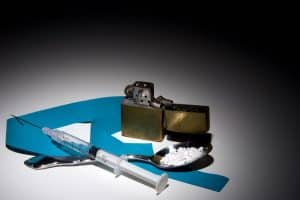
When it comes to how to get off meth or how to help someone addicted to methamphetamine, there are several ways to go about it. To undergo meth detoxification and recovery, you need to contact a private treatment centre or government-funded rehabilitation service for inpatient treatment. You can also attend outpatient services with minimal weekly meetings and this usually isn’t enough to deal with heavy meth addiction.
As per usual, meth addiction recovery is easier said than done. A solid support system in the form of family, friends, and/or understanding counsellors is called for. Meth recovery typically requires pharmacological and psychosocial intervention as well as community-based prevention during aftercare.
At any rate, what follows is a list of things you can expect regarding your methamphetamine addiction treatment options.
- Psychosocial Intervention: As a short-term solution, family and/or friends may conduct a psychosocial intervention to prevent the worsening or occurrence of meth addiction symptoms in a patient.
- Meth Counsellor: Because meth addiction has many psychological consequences, you need the assistance of a professional who will counsel you on what to do going forward and what to expect while undergoing therapy. You might even get assistance from former addicts in the rehabilitation centre to share their experiences in overcoming their own addictions.
- Inpatient versus Outpatient Rehab: If you have a milder case of meth or a recovering addict, then you might be recommended by a counsellor to seek outpatient treatment. The advantage of this is that you can still reside in your home then attend meetings to help maintain your sobriety, thus your life doesn’t need to end up in a standstill.
- However, severe cases of meth addiction (and most of them are usually severe by the time that you realise you need help) require detoxification, counselling, anti-relapse medication, and 24/7 monitoring by counsellors via an inpatient programme that require you to reside in a rehab treatment centre.
- A Full Continuum of Care Services: Your meth detoxification and rehabilitation programme should occur in a treatment centre and handled by an addiction specialist. This is the most basic thing you should seek for first and foremost as a sufferer of meth addiction.It’s usually better for a severe addict to undergo a structured inpatient treatment programme in a luxury rehabilitation centre than get detox and half-heartedly attend outpatient rehab meetings. This is because inpatient treatment offers focused treatment, support group therapy, stress relief, detoxification, and 24/7 monitoring by professionals.
- Meth Addiction Medication: In order to keep you from relapsing to using meth again due to severe withdrawal symptoms, you might be administered the following meth addiction medications during and after detoxification: Modafinil, Naltrexone, and Bupropion.
- Meth Rehab Aftercare: You’ll also be given follow-up treatment after undergoing rehab. These are focused on helping you reintegrate yourself into society as a contributing member. They’re also there to help you stay concentrated on your recovery while preventing potential meth addiction relapse. These programmes involve individual or group therapy, 12-step programmes, and sober living programmes.
The Dire Consequences of Meth Addiction
Users of crank typically end up becoming homeless derelicts, bankrupt from buying so much meth, losing their families, or in jail. It doesn’t necessarily follow that all meth users end up in dire straits. There are high-functional addicts out there who can use meth and still keep their jobs and families.
However, sooner or later, the risk of ruining their life can come about the more addicted they become to meth. Many meth users end up depressed and self-hating as well because they’ve lost their self-control and lack the will to quit their use of meth. Many meth addicts can even end up suicidal altogether.
Even if addicts don’t act on their suicidal impulse, these thoughts tend to be quite devastating to their mental wellbeing. They require the help, patience, and guidance of qualified rehabilitation centres like The Dawn Drug Rehab (changed link to drug rehab page not homepage) in order to get their condition straightened out before it’s too late. Privacy and aftercare support are likewise ensured in such a programme.
Meth Addiction Treatment at The Dawn Rehab Thailand

Contact us today at The Dawn Rehab in Thailand in order to get a free consultation. By calling us, you’ll have a chance to stay at a safe place to heal. Even when it comes to Schedule II drugs like crystal meth, PCP, and cocaine, we here at The Dawn Rehab are ready to serve you in every way possible.
Our affordable treatment programme includes high-quality, private accommodation and a highly qualified clinical team that offers treatment for not only meth addiction but also all its complications and side effects. Call our affordable centre today before it’s too late! The Dawn Rehab offers onsite detoxification centre and has available consultants 24/7.
Related Posts
 Dopamine Deficiency – How It Ties Into Mental Health and Addiction
Do you wake up each morning and feel as though there is no more spark in your life? If so, you might have what is known as dopamine deficiency. Dopamine...
Dopamine Deficiency – How It Ties Into Mental Health and Addiction
Do you wake up each morning and feel as though there is no more spark in your life? If so, you might have what is known as dopamine deficiency. Dopamine...
 Dopamine Addiction: How Addicts Are at the Whim of Pleasure Chemicals
In pop-culture, dopamine is the media-hyped brain chemical responsible for your addiction to gambling, cake, sex, drugs, love and rock and roll. It seems straightforward: do something pleasurable, get that hit...
Dopamine Addiction: How Addicts Are at the Whim of Pleasure Chemicals
In pop-culture, dopamine is the media-hyped brain chemical responsible for your addiction to gambling, cake, sex, drugs, love and rock and roll. It seems straightforward: do something pleasurable, get that hit...
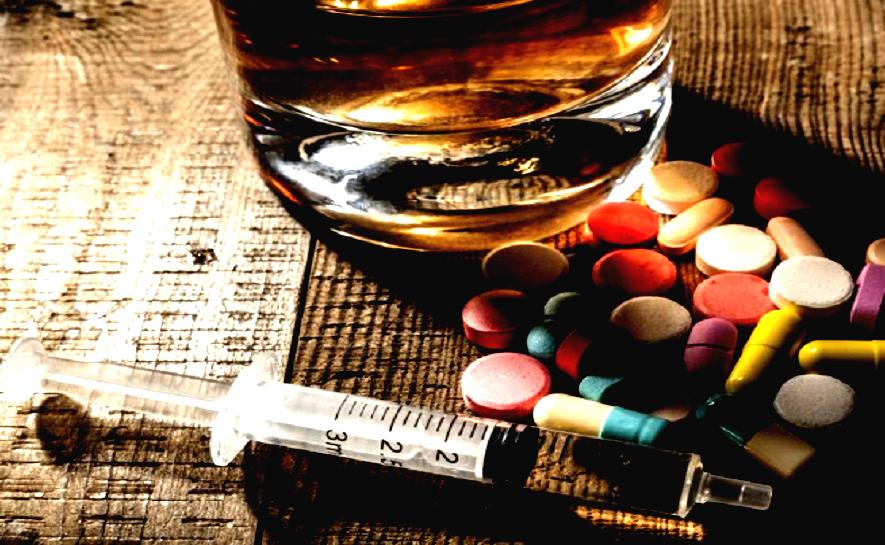 Why Drugs Are Addictive : What Turns a Regular Person into an Addict?
The drugs that harm your body, your relationships and your community have the highest possibility of addiction and abuse. Why are some drugs so irresistible that even people who use...
Why Drugs Are Addictive : What Turns a Regular Person into an Addict?
The drugs that harm your body, your relationships and your community have the highest possibility of addiction and abuse. Why are some drugs so irresistible that even people who use...
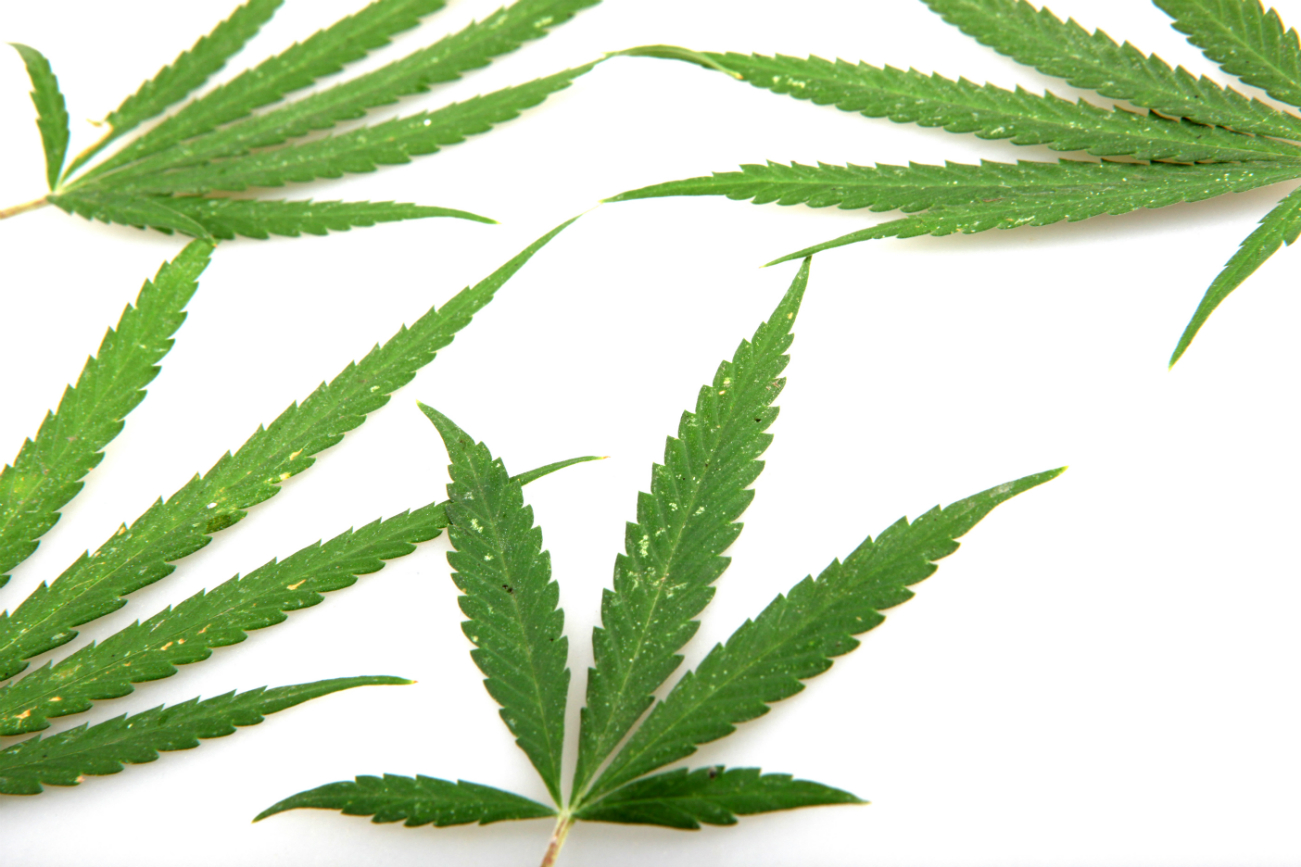 Signs of Marijuana Addiction and Steps to Recovery
There’s a debate going on in regards to marijuana being addictive or not. Proponents of the legalisation of marijuana tend to downplay the addictiveness of the recreational and medicinal drug....
Signs of Marijuana Addiction and Steps to Recovery
There’s a debate going on in regards to marijuana being addictive or not. Proponents of the legalisation of marijuana tend to downplay the addictiveness of the recreational and medicinal drug....

